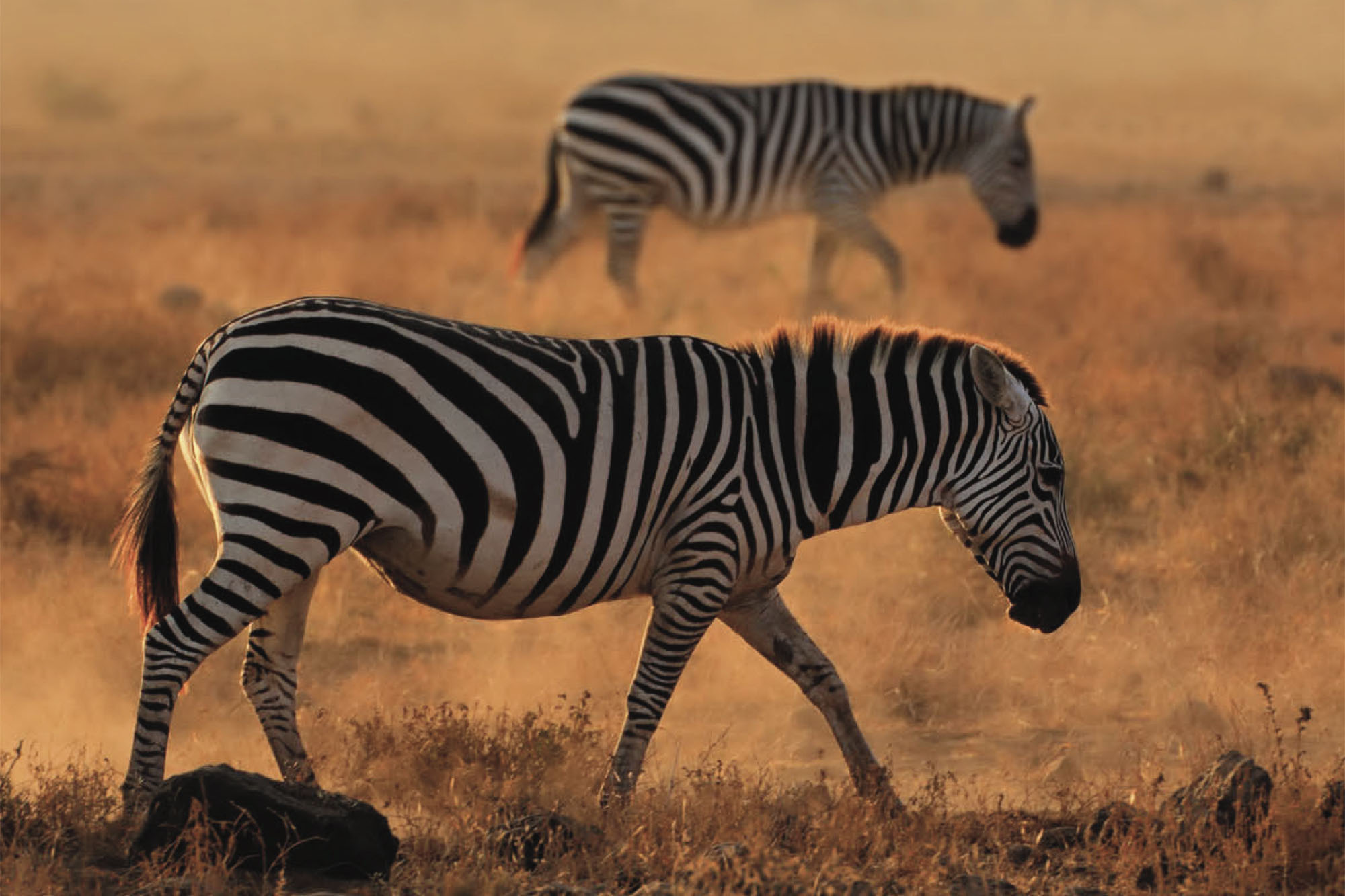
Kenya has lost more than half its wildlife over the past three decades. Most of those losses have occurred outside of national protected areas. Two new reports from the World Bank and PERC single out the potential of wildlife conservancies to reverse this trend while also generating meaningful economic benefits for local people. Wildlife conservancies are lands designated by individual landowners, groups of landowners or communities to be managed for wildlife conservation and other compatible uses. Economic benefits from conservancies can accrue through tourism, sustainable livestock enterprise, carbon offsets and other means. As a recognized land use under Kenya’s Wildlife Act of 2013, conservancies offer improved land and resource rights as well as access to incentives. As the World Bank report notes:
“Conservancies could play a crucial role in halting the collapse of wildlife in Kenya by extending the areas under protection around parks, reconnecting habitats, and limiting overcrowding in parks. And more than that, conservancies offer levers to boost and diversify economic activities in some of the most remote parts of the country. In places where ranching and agriculture are under stress due to shifting weather patterns, land degradation, or overstocking, conservancies offer more sustainable livelihood options that will inevitably increase in value as wildlife numbers and wilderness viewing opportunities shrink across the globe.”
The BAND Foundation provides funding to strengthen conservancies in the Maasai Mara region through the Maasai Mara Wildlife Conservancies Association and to support the conservancy movement nationally through the Kenya Wildlife Conservancies Association.
